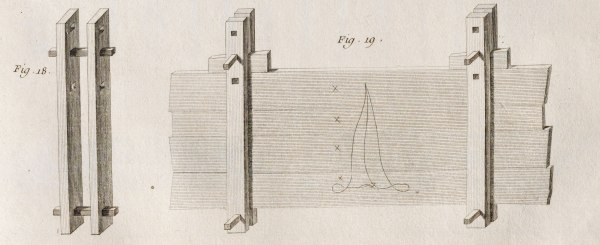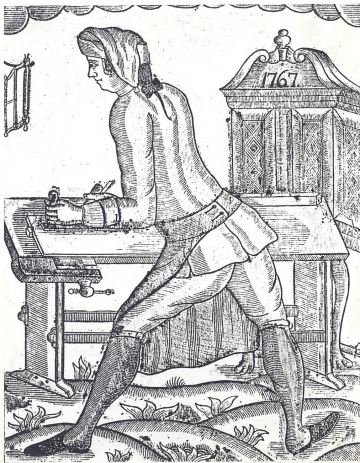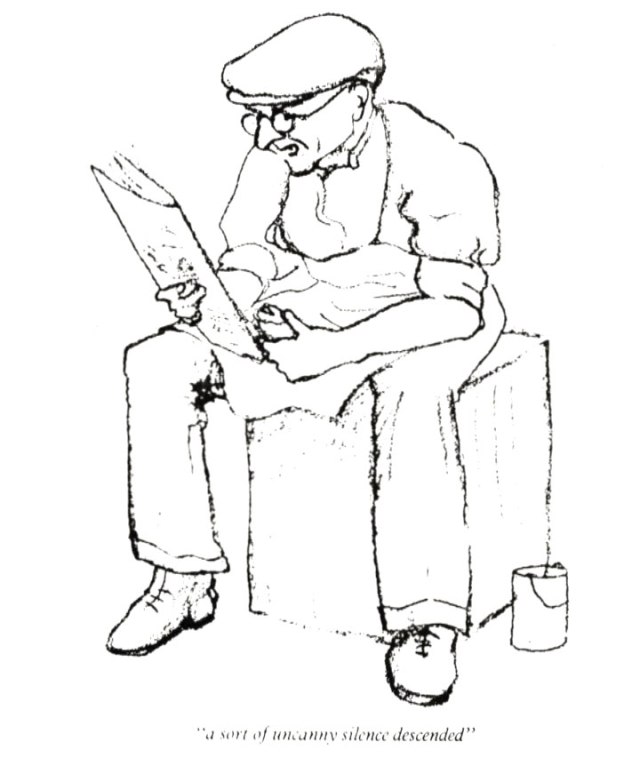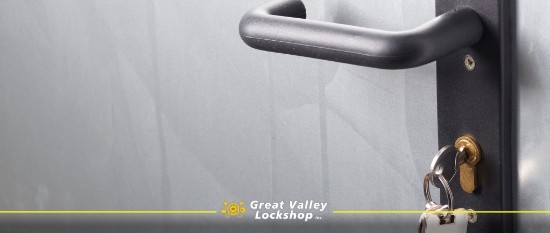The French Triangle is Superior… –

…because it has six sides, instead of our puny three. No, no, I kid.
Let’s back up for a second for those who don’t know much about the “cabinetmaker’s triangle” shown above in plate 18 from A.J. Roubo’s “L’Art du Menuisier.” The triangle is scrawled on almost all assemblies so that we can immediately orient our pieces when we glue them together.
The triangle trumps all the crazy “AA, BB” and numbering systems I’ve seen and used. The triangle is simpler and almost foolproof.
So why is the French triangle better that a plain equilateral triangle? It is even more foolproof than a plain triangle. With a plain triangle that is marked on the edges of assemblies – think dovetailed drawer – there are times when a part of a triangle can look like the mark for a “true edge” – sometimes called the “carat.”
You cannot make that mistake if you use a French triangle. The loops at the base prevent it from looking like a carat. And the fourth line to the apex prevents it from looking like a carat at the tip.
Plus, chicks dig it.
I’ve been using the French triangle for about a month in my shop. When Megan Fitzpatrick, executive editor from Popular Woodworking Magazine, stopped by to drop off some lumber she saw the French triangle on a panel and said: “Oh, pretty!”
Reason enough. Now where are my Gauloises?
— Christopher Schwarz



